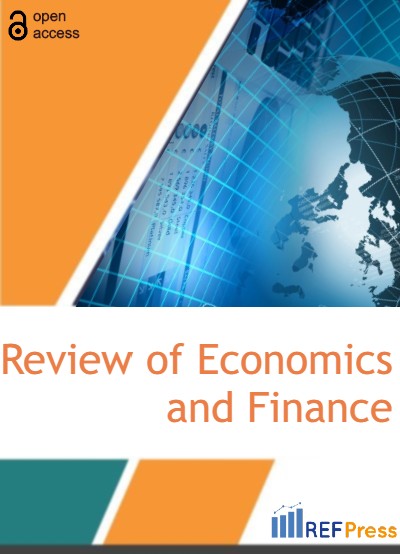
Nexus Between Fiscal Policy and Poverty in Regencies/Cities in Bali of Indonesia
(Pages 702-708)I Nyoman Mahaendra Yasa1,*, Made Kembar Sri Budhi1, M. Rudi Irwansyah2, Bagus Shandy Nar maditya3 and Made Sinthya Aryasthini Mahaendrayasa1
1Faculty of Economics and Business, Udayana University, Indonesia.
2Faculty of Economics, Universitas Pendidikan Ganesha, Indonesia.
3Faculty of Economics and Business, Universitas Negeri Malang, Indonesia.
DOI: https://doi.org/10.55365/1923.x2023.21.74
Abstract:
Fiscal policy has an essential role in changing the direction of development to reduce poverty between regions. This research paper aims to empirically investigate the effect of government spending, balancing funds, and economic growth on poverty levels in regencies/cities in Bali Province, Indonesia. The panel data were engaged for all variables in this region from 2015 to 2019, with 45 observation points. The sample was taken from the entire population, making it a census study. The collected data further analyzed using path analysis to capture the role of intervening variable. The results show that government spending has a positive but insignificant effect, whilst balancing funds negatively affect economic growth in this region. Government spending and economic growth have a negative and robust impact, while balancing funds have a non-negative and insignificant impact on poverty levels in regencies/cities in Bali Province. Later, the economic growth of regencies/cities cannot explain the link fiscal policy variables and poverty.
Keywords:
Balancing funds, Economic growth, Government spending, Poverty rate.
JEL Classification:
E62, O40, H50, I32.
How to Cite:
I Nyoman Mahaendra Yasa, Made Kembar Sri Budhi, M. Rudi Irwansyah, Bagus Shandy Nar maditya and Made Sinthya Aryasthini Mahaendrayasa. Nexus Between Fiscal Policy and Poverty in Regencies/Cities in Bali of Indonesia. [ref]: vol.21.2023. available at: https://refpress.org/ref-vol21-a74/
Licensee REF Press This is an open access article licensed under the terms of the Creative Commons Attribution Non-Commercial License (http://creativecommons.org/licenses/by-nc/3.0/) which permits unrestricted, non-commercial use, distribution and reproduction in any medium, provided the work is properly cited.
